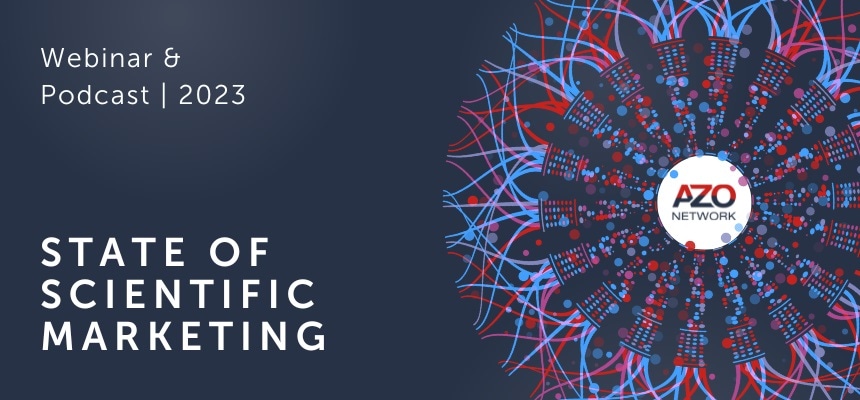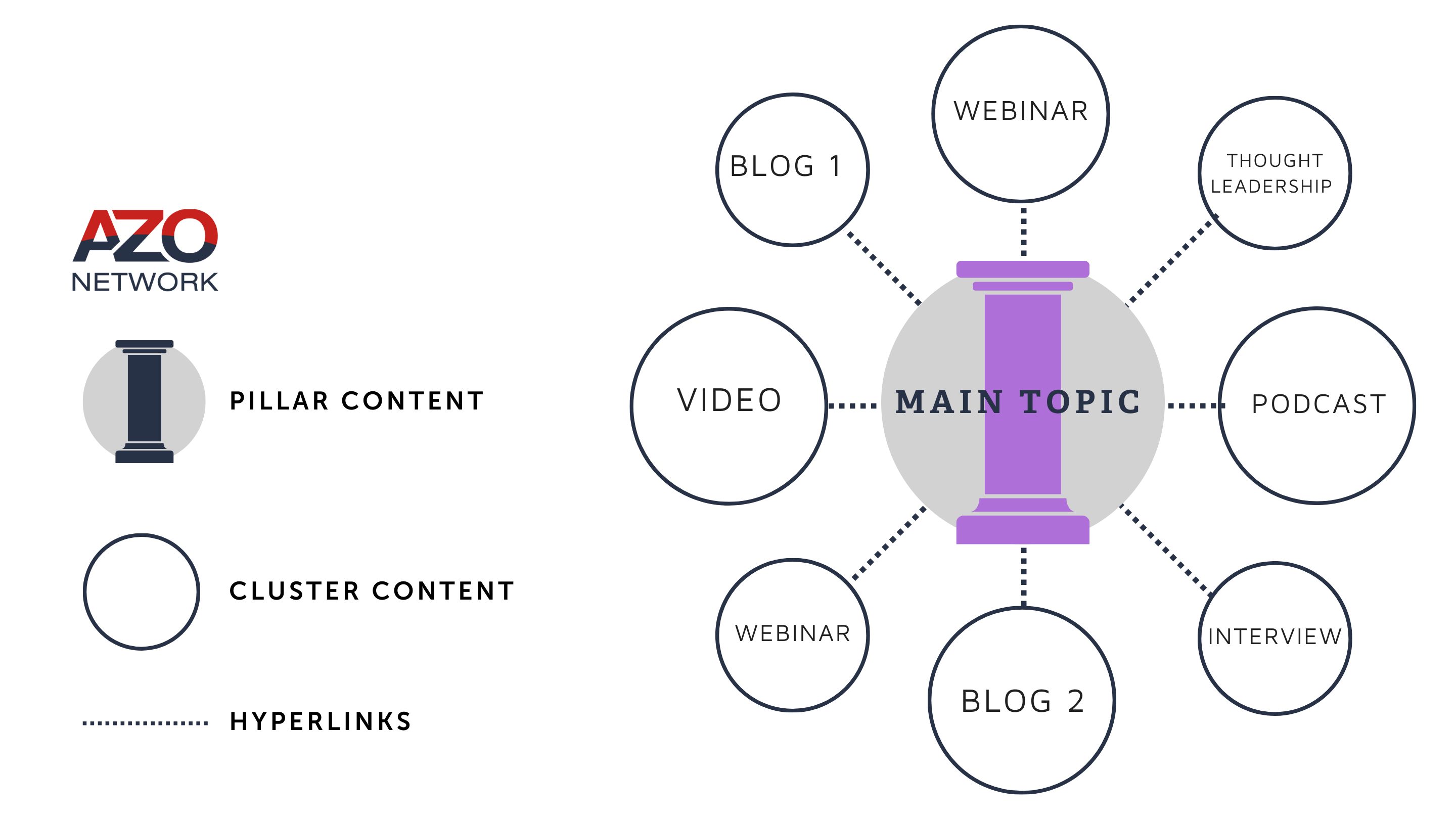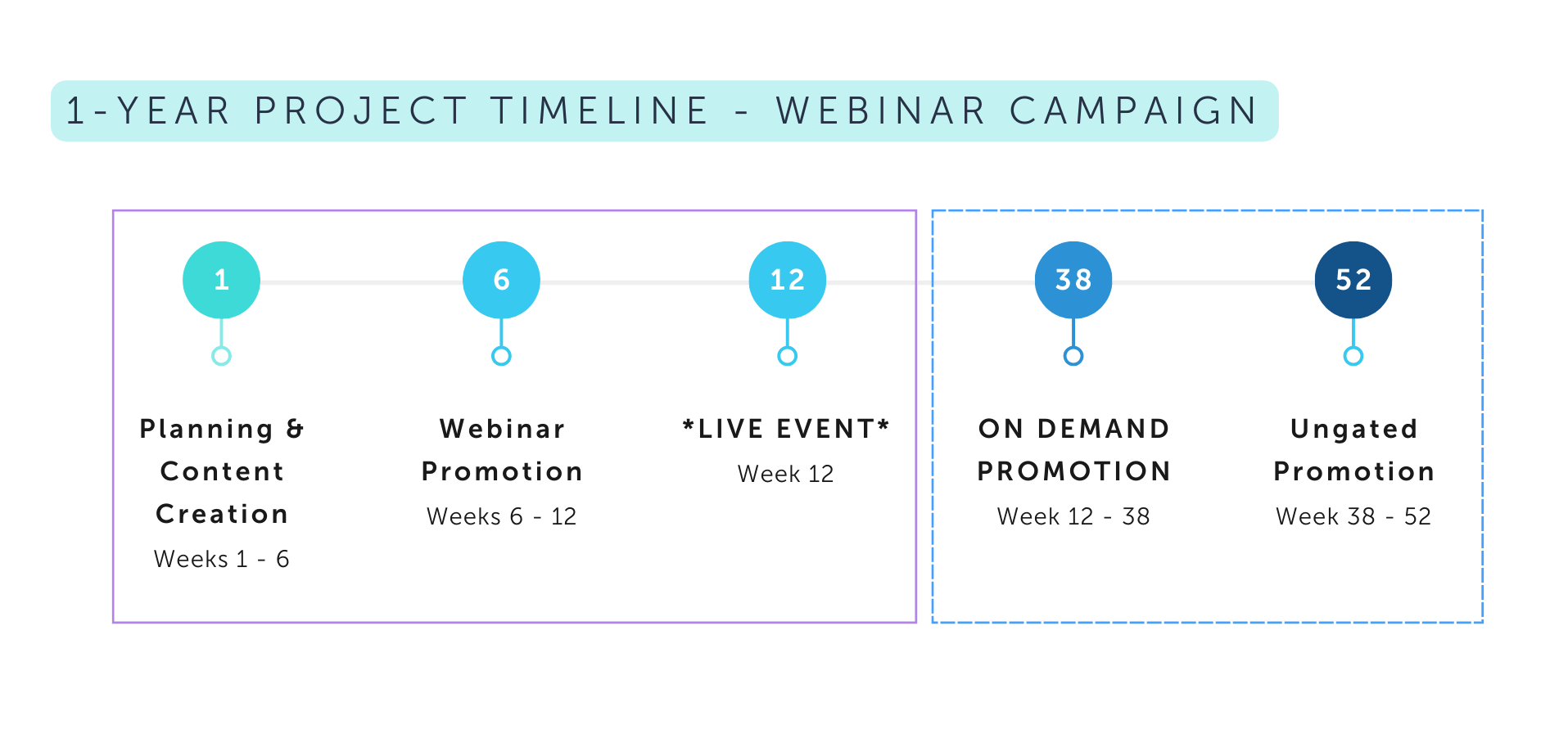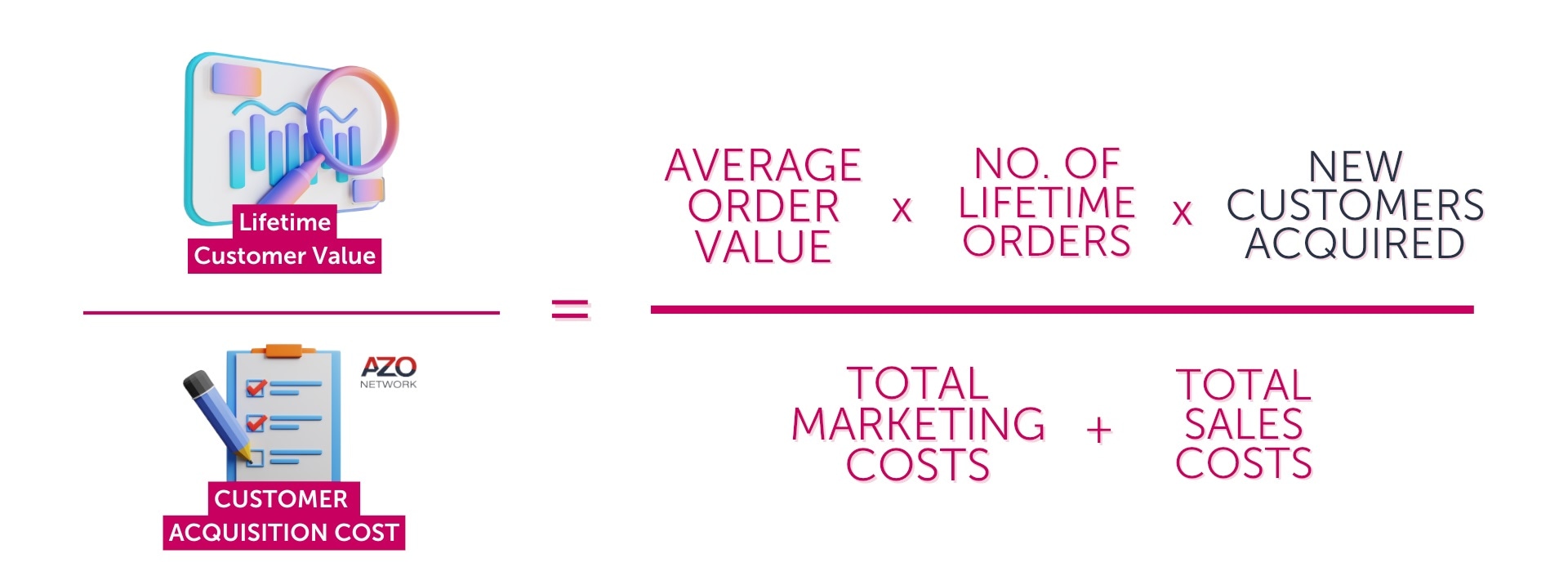
This episode of the Marketing Science podcast is an audio format of our most recent webinar looking at the state of scientific marketing survey 2023.
Host Danny is joined by the rest of the AZoNetwork marketing team, Frank, Sara and Rebecca to present and discuss the research undertaken over the last few months.
Watch the Webinar
Listen to the Podcast
Read the transcript
Contents
The number one marketing priority for 2023: SEO
The aim of search engine optimization, or SEO, is typically to rank on the first page of Google for search terms that mean the most to your target audience. 66% of our survey respondents identified SEO as a high or very high priority for 2023. SEO is also rated challenging or very challenging by 47% of respondents.
With upcoming changes to Google Analytics and search engines changing their algorithms to favor topic-based content, staying up to date with SEO can take time and effort.
A couple of key trends will keep you on top for 2023.
E-A-T Content
E: Expertise can be shown through author profiles on your content. Show how your contributors are experts in their field through qualifications and experience.
A: Authority is about brand reputation. If people are linking to your website and talking about your brand on social media, you’ll be seen as more of an authority by Google.
T: Trust is about credibility and authenticity. You can show this through your website’s SSL certificate and by showcasing your excellent customer service through online reviews.
The key here is creating content that's factual and useful. The most successful websites will be those known for their contributions to their targeted subject matter. This is where your white papers, webinar videos, and thought leadership content will shine.
The Topic Cluster Model
The topic cluster model is perfect for content-focused websites. It comprises a single pillar page, which acts as the central hub for a more significant topic, alongside related ‘cluster’ content pages, which link back to the pillar.

A site using a content cluster model shows an intentional approach to content creation and authority on the pillar topic simply by making it easy to understand and navigate for Google.
Examples of pillar pages you can build out are resources or service pages, guide your user and Google with listed related resources, downloadable connected eBooks and guides, and embedded video links with supporting media.
Top Webinar Tips for 2023
In our survey, just under half of marketers have marked webinars as a high or very high priority for 2023, but almost three-quarters find them challenging.
The most common challenges mentioned are getting enough sign-ups, getting people to turn up, and then knowing what to do with the results and data.
Getting enough sign-ups
When a client presents this challenge, we discuss two pain points: the amount of time allocated for promoting the event should ideally be six to twelve weeks. Secondly, we want to know the plan post-event for on-demand promotion, which we recommend having three different strategies for.

You should send the recording to those who register but don’t attend live.
Contact everyone who attended live, send them the recording, and then try to leverage their positive experience by asking them to share that link internally or on other channels, such as their social media.
Then there are the people who didn’t register in the first place. Through post-event promotion, we have seen a 15-20% increase in completely new registrations following the live event.
Getting people to turn up
Of course, we still want people at the live event, so there are a few tactics for this, including reminder emails. Sending two, the first one day before the event and the second, 30 minutes or an hour before you go live, has the most impact. Reminder posts on your social channels, press releases, newsletter features, and so on are easy and effective ways to keep your event in your customer’s minds.
You can also ask your account managers or sales team to touch base via call or email as a friendly chat and reminder about the event.
You will still probably be looking at around 30-60% attendance to the live event, and for those who don’t show up, if you get a key data point during your registration, you can plan the next steps. If you have asked them a question during the registration, for example, ‘Would you like to receive a sample for testing?’, you have a clear action for those who registered but didn’t attend and can still get conversations started.
>>>AZoNetwork Webinar Services - Reach New Audiences, Generate Better Leads<<<
The data
One of the main benefits of webinars can also be one of the most significant burdens for marketers because a vast amount of customer and prospect data needs to be analyzed. You could simply hand an excel sheet over to your sales team and ask them to follow up, but that isn’t likely to go down very well. We recommend asking relevant registration polls and survey questions so that you can understand your prospects and their challenges.
By asking the right questions, you can segment your audience into different groups or buckets, indicating their current stage in the buying journey. So each bucket will require a different next step going from left to right. For example, if they are expanding their knowledge, they’ll benefit from additional educational content, whereas somebody actively in the buying process will want to talk to your sales team.
Is email marketing dead?
Over the last couple of years, you might have heard something about email marketing being dead and Apple making a privacy policy that was the nail in the coffin. Despite what everyone has been saying, this year, we’ve seen email marketing technology surpass CRM as the most used marketing technology in 2022, with almost 70% of marketers using email campaigns.
The changes in data protection laws are pulling us away from vanity metrics and open rate statistics and moving us toward a more sophisticated way of measuring success. Our survey also shows that product emails are the most popular email campaign to send, which suggests that we have all nailed product emails, but are we getting the most out of email communications?
At AZoNetwork, we have sent over 250 million emails. Earlier this year, we analyzed the data from these email sends and found that the best-performing emails answer three questions:
- Who is it from?
- What’s in it for me?
- What do I need to do?
We have also analyzed the subject lines of our emails and identified the best and worst-performing words. An email subject including “Introduction” is almost 30% more likely to be opened. Whereas words like “measure” or “save” with clear selling intentions have the worst performance. Our research shows that changing the wording on each send improves open and click rates.
There will be a shift in how we measure success in email campaigns due to privacy law changes. The most significant change will be clickthrough rate data becoming much clearer than open rates, but a combination can give you a good picture. Your open rate will provide a good brand awareness metric, but your clickthrough rate is a more focused measure of lead data.
Big picture numbers
Looking at the sales cycle, the average sales cycle length in our research was four to six months, and about 15% of respondents reported a sales cycle of over 12 months. This data highlights the importance of a steady and continuous marketing approach, where we record the customer journey and know the best practices for our CRM.
Moving onto the customer contact touchpoints, 65% of people reported over four touchpoints, while over a third had more than seven. There’s some commentary in the market report about the importance of a single source of truth and viewing a customer’s journey clearly to understand where exactly they are in your sales process.
When we combine our CRM with analytics tools to attract, track, generate and nurture leads along the sales cycle, tracking key points is vital. One of these is the outcomes of a meeting so that you can easily digest the previous timeline and actions in meeting seven with an enterprise customer to build up a picture of how the deal will manifest itself.
LTV:CAC Ratio
Lifetime customer value and customer acquisition cost (LTV:CAC) is a ratio that compares the value of a customer’s overall lifetime value to the cost of acquiring them. When looking at customer acquisition costs, this is the denominator. This value is the total marketing and sales costs divided by the new customers acquired. The marketing and sales costs include salaries, paid ads, CRM, marketing automation software, events, travel, etc.

The average order value times the number of lifetime orders is the lifetime value of one solitary customer. If you multiply that by the number of customers, the 100 customers we've acquired, then that is the overall value of all new customers. And then, we divide that by the total sales and marketing costs to get the LTV:CAC ratio of 1.67.
What does 1.67 mean? It means that for every $1 of sales and marketing you spend on acquiring a customer, you generate $1.67 of revenue.
A general rule for LTV:CAC is that you want to be somewhere between 3.0 and 4.0. If your LTV:CAC is one, then the acquisition cost is probably too high to be profitable. You're spending $1 to generate $1. However, if it's over four, the acquisition cost could be increased to accelerate your growth. You can afford to spend more on sales and marketing because you've got a good formula.
We are all aware that retaining an existing piece of business costs less than generating new business. Acquiring a new customer costs five times more than retaining an existing one. There’s also the benefit of learning from your existing relationships how people operate. You are part of their system, so the chances of success are much higher with your current customers than with generating new ones.
Q&A
Where does CRO fit in or conversion rate optimization with your SEO strategy?
Rebecca: Alongside a successful SEO campaign, you should introduce conversion rate optimization or CRO, which takes as many site visitors to the desired outcome as possible. Essentially, you’re not wasting the increased traffic you’ve gained from your SEO campaign. Through A/B testing different aspects of your website, you are enabling data-driven decisions that allow you to get better results from your marketing efforts.
Frank: We took our contact us button and made a few different versions changing the text, the color, and so on. We got a ten times uplift from it, so 10x results on the conversions we had been getting. This simple A/B test allowed us to become a lot more efficient with capturing data.
We always discuss the challenge of having webinar attendees logged in versus locked in. When it comes to webinars, they're so accessible and mainstream now; does that dilute their value?
Danny: I don't believe it does dilute the value, but there are a couple of things to think about. The numbers you are getting might be slightly lower than previous years, during the pandemic definitely, even potentially pre-pandemic. Some of their novelty might have worn off for some people, but are they the sort of people you wanted to attend anyway?
We've found, internally and with client webinars, that the people attending now are much more switched on to what we're doing or what the client's doing. They're more engaged in the subject.
And that’s because they are more mainstream, so viewers are more selective and more conscious of their time now. So if you've got their attention, you need to keep it. So ensure you put on excellent quality content and give them the next steps so they can continue learning about your company.
At what point do we make it on-demand and free to view almost, so there's not even a form-fill?
Danny: It depends on what your objectives are. If you want to continue gathering customer insights and data, keep it behind a form as long as that's your main priority. If you want to get eyes on it, remove any forms, get it on YouTube or Vimeo, embed it on your website open access and promote it through your channels.
How many emails should you send per campaign?
Sara: It depends on what you are promoting and how much time you have to promote it or how long you want to promote it. Three emails usually tend to be the sweet spot because then you can break it down into the three main topics of your campaign and focus each email on a different matter. More than three can feel more spammy, and it can drive the subscribers toward that unsubscribe button. If they still need to register or convert by the third email, I think it is a good point to assume they're not interested and continue nurturing through other channels.
Any insight on how to keep a good domain reputation or even improve it?
Rebecca: The domain authority of the links that backlink to your website matter. If you've got bad backlinks, you need to ensure they're being removed and tracked. You can do that through things like SEMrush.
Sara: If you're already working on your SEO and following the tick boxes of what you should be doing, Google will consider that. Also, if you work on creating new pages and focus your content on E-A-T, that will improve your domain authority over time. Create more relevant content, and it will improve.
Frank: Also, ensure you're not sharing a server with bad neighbors, so gambling sites, naughty sites, that kind of stuff. Also, ensure you have non-duplicate content, you've got all your metadata in place, and you can start to improve—lots of little things you can do to improve incrementally.
Any thoughts on using LinkedIn Live for webinars?
Danny: We're actively looking at it, and we'll probably test it in early 2023, so we'll be happy to share any feedback with you once we've trialed that.
What graphic design software do you use?
Sara: I'm happy to say Rebecca and I designed the whole thing in Canva. I love Canva. There is a page about Canva in the market report because more and more marketers are taking that leap towards venturing into graphic design and marketing and creating collateral themselves. So I'm pleased to see that happen, and I'm just thrilled to recommend Canva and tell you it’s a complete tool.